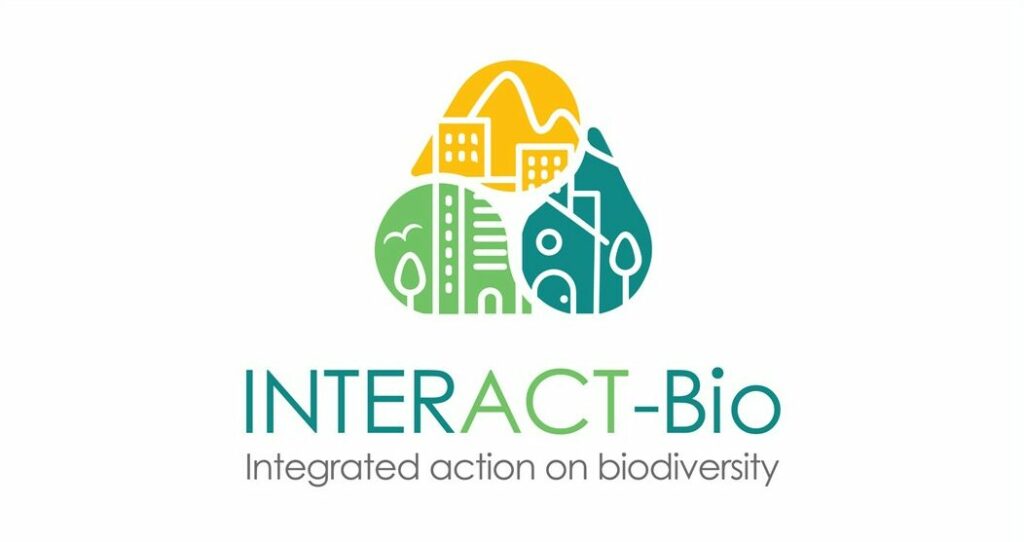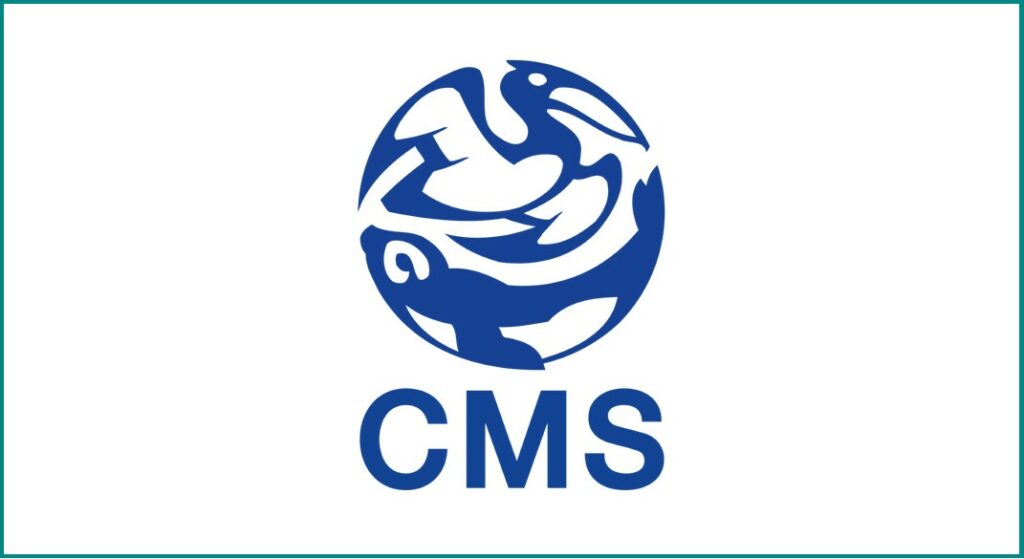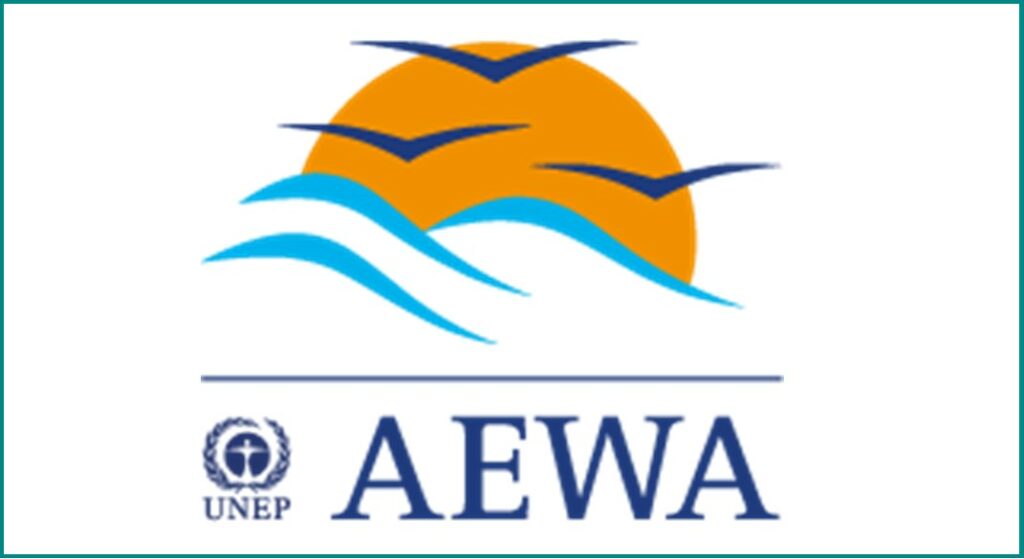Human activities have placed ecosystems under threat across urban areas globally, including: i) putting pressure on water resources for agricultural and household use that adversely impacts water tables and aquifers, ii) water pollution resulting from poor waste management practices, iii) the removal of trees to make way for unsustainable logging, and iv) urban expansion which has caused habitat loss of numerous plant, insect and animal species. Due to reduced integrity and resilience of ecosystems, their ability to provide services crucial for sustaining human livelihoods have become compromised, resulting in an urgent need for ecosystem restoration as a way to enhance global resilience to climate change and to reconnect humans with wild natural spaces. This has intensified the need to integrate nature-based solutions (NbS) and/or ecosystem-based approaches in the global response to biodiversity loss and climate change.
What are ecosystem-based approaches?
The Convention on Biological Diversity (CBD) and Kunming-Montreal Global Biodiversity Framework adopted at the 15th Conference of Parties (COP) of the CBD in Montreal in December 2022, endorse ecosystem-based approaches (EbA) as an important strategy to maintain and increase resilience and reduce vulnerability of ecosystems and people to the adverse effects of climate change. Ecosystem-based approaches refer to the use of biodiversity and ecosystem services as part of an overall adaptation strategy to help people adapt to the adverse effects of climate change.







